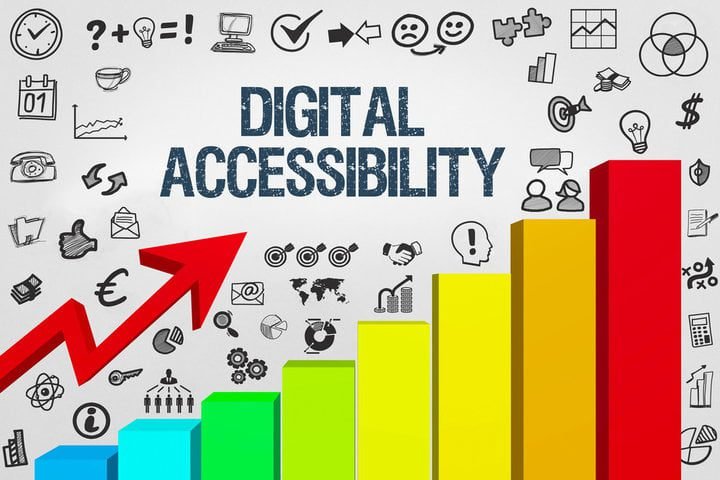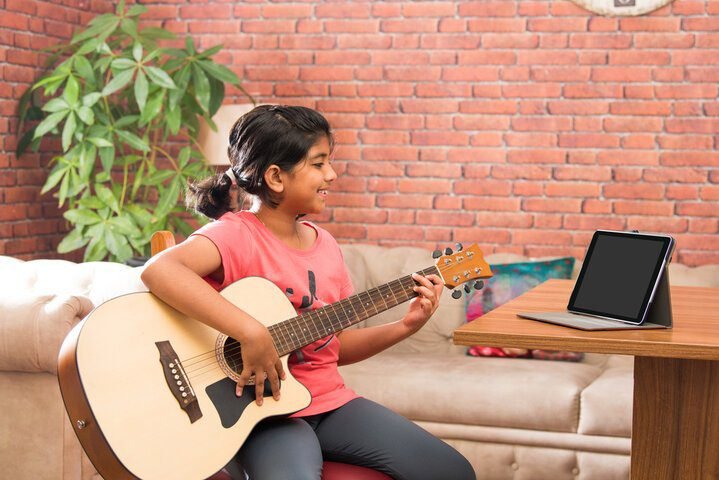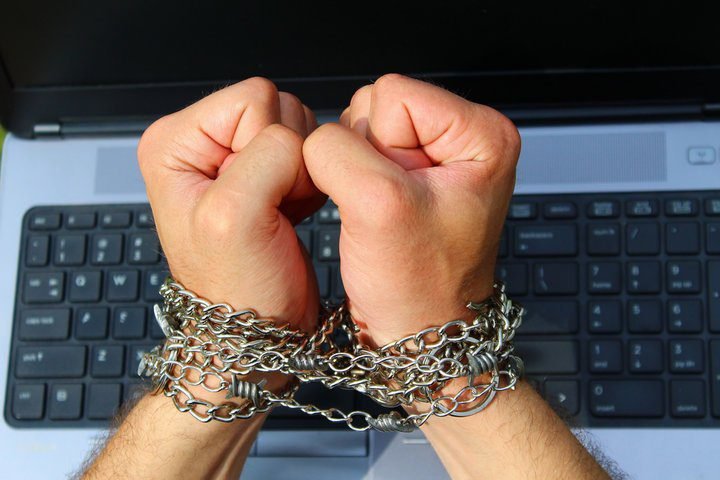Sociological Perspective on the Digital Divide in India
The rapid advancement of technology has transformed the way we connect and interact with one another. In the digital age, social media platforms like Facebook have enabled us to stay updated on the lives of friends and families. We share our everyday experiences with not just a few but hundreds or even thousands of individuals who may know us only superficially. Simultaneously, we’ve harnessed technology for professional self-promotion through platforms like LinkedIn. Digital technology allows us to express our admiration for TV shows, products, or celebrities through likes and shares. Furthermore, traditional mass media sources such as newspapers and television are no longer standalone entities, as we engage with them through tweets, text messages, calls, and various apps.
In This Article
In this context, it is important to discuss the sociological perspectives of internet usage, especially focusing on India, to shed light on the digital divide within the country. The sociological perspectives allow us to explore the implications of the digital divide in India and its impact on Indian society. In particular, it is critical to deliberate on the role of technology and media in shaping our social interactions. Simultaneously, it is critical to question whether the constant influx of information has truly made us more aware and engaged or if we are experiencing a modern-day version of ancient Rome’s “bread and circuses.”
Bread and Circuses: Historical Parallels from Ancient Rome
The phrase “bread and circuses” originated in ancient Rome, where politicians then used superficial means of appeasement to secure public approval. In a political context, it signifies winning public favor not through excellent public service but by diverting attention, providing distractions, or fulfilling immediate and basic needs like offering food (bread) or entertainment (circuses).
Ancient Rome was a society that valued war over peace, and kindness was seen as less important. People in Rome saw gladiator fights not as a sign of excess but as a way to eliminate it. The brutal killing of people and animals in these games kept civilians busy with military-style tasks since they didn’t have enough real-life battle experience.
Roman politicians in 140 B.C. devised laws aimed at retaining the votes of the less privileged citizens by distributing inexpensive food and organizing entertaining events. This “bread and circuses” strategy emerged as the most effective way to attain power in the political landscape.
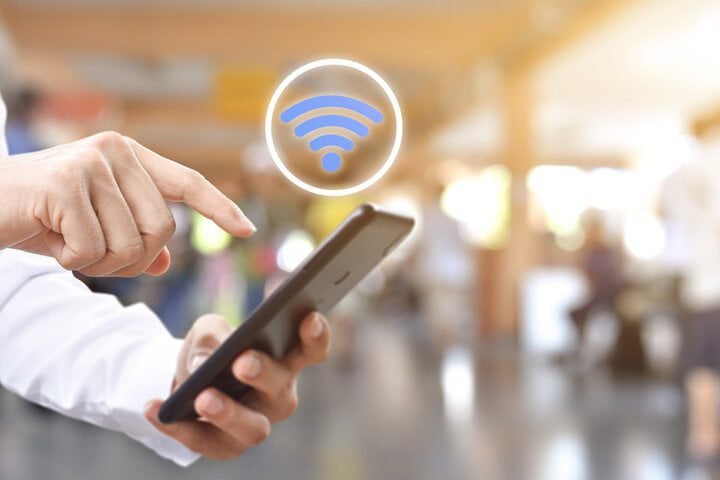
Impact of Media and Technology on Society
As a form of technology and a medium, the Internet connects individuals and nations through a vast communication network that facilitates intimate family discussions to global trade networks. However, to understand its true impact from a sociological perspective, we need to find answers to the following questions:
1. What social purposes do technology and media serve?
Society uses technology and media in many ways. They make it easier for people to talk to each other, learn, share knowledge, have fun, and even get involved in politics. Traditional media shape public opinion and discourse, while social media sites give people a place to say what they want.
2. What role do media and technology play in social dysfunction?
Media and technology can bring people together and give activists a place to speak out, but they can also worsen societal problems. Misinformation, cyberbullying, and spending too much time in front of a computer are examples of how these tools can harm society.
3. How is unequal access to media and technology responsible for societal inequality?
Unequal access to technology led to the digital gap. People from higher social classes usually have better access to digital tools and the internet. Others who don’t have easy access face difficulty keeping up with digital skills and knowledge.
Technological Inequality
The term “technology” refers to applying scientific knowledge to address the practical problems of daily life. Digital technology, from cell phones to artificial intelligence to advanced robotic devices, shapes how we live, work, and communicate. Technology plays a pivotal role in nearly every aspect of our lives, much like how the invention of stone tools shaped pre-modern humans’ lives and dietary habits.
However, as with any advancement in human society, not everyone has equal access to technology. Technology, in particular, often gives rise to greater inequalities. Two significant forms of technological division are:
1. Digital Divide
The digital gap is a differential class-based access to technology. It symbolizes the socioeconomic divide in technology and internet access.
Internet connectivity may be growing, but there is a crucial gap. Internet connectivity involves more than just the availability of devices; it requires quality access.
For instance, filling out a job application on a cell phone is much harder than on a wired home computer. This discrepancy shows that the digital divide is about connectivity and online technology that empowers, not entertains.
A major challenge in India is the digital divide. Urban areas have wide access to high-speed internet and digital technologies, but rural areas face significant challenges.
Many people in these areas lack basic digital infrastructure, making it hard to study online, find jobs, or use critical services. This imbalance contributes to inequality in society.
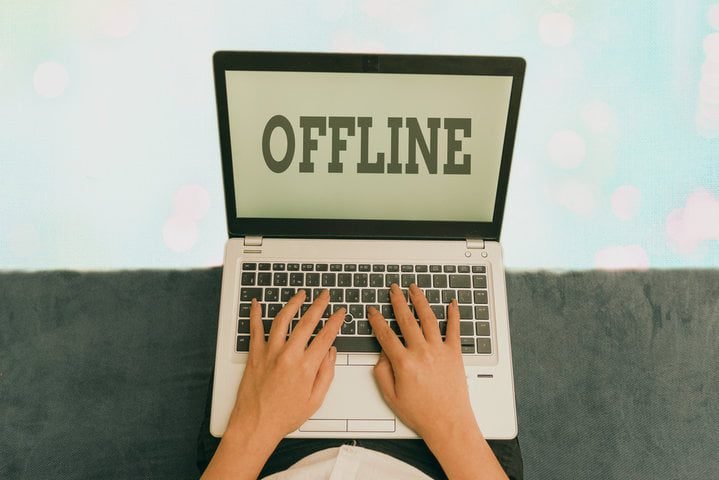
2. Knowledge Gap
Another effect of technological inequality is the knowledge gap. For individuals without access to technology, the information gap is increasing.
The knowledge gap affects education and skill development in India. Digitally disadvantaged students do not get access to crucial educational tools.
As the job market increasingly demands digital skills, those without access to technology may have trouble finding work and advancing in their careers.
The Digital Divide in India
In the Indian context, the digital divide is a critical issue with far-reaching sociological implications. India is a diverse country with a vast population, and access to technology and the internet varies widely across different regions, socioeconomic classes, and demographics.
- Urban-Rural Divide: One of the most prominent aspects of the digital divide in India is the urban-rural disparity. While urban areas boast relatively better internet connectivity, rural regions often struggle with limited access and connectivity issues. This divide hampers rural development, access to education, and economic opportunities.
- Socioeconomic Disparities: India’s socioeconomic disparities contribute significantly to the digital divide. Affluent individuals and families in urban areas have easy access to the latest technology, high-speed internet, and digital devices. In contrast, the less privileged sections of society, particularly in rural areas, face hurdles in acquiring even basic digital tools.
- Educational Access: Education is a vital factor in bridging the digital divide. Those with access to quality education and digital resources are better equipped to navigate the digital landscape. However, a considerable portion of the population, especially in remote and disadvantaged areas, lacks access to proper education and digital learning resources.
- Gender Disparity: Gender-based inequality is another critical dimension of the digital divide in India. Women, particularly in rural areas, often have limited access to the internet due to social and cultural norms. Additionally, they may lack confidence in using digital technology.
- Language Barriers: India is a linguistically diverse nation, with numerous languages spoken nationwide. Language barriers can delay digital inclusion, as many online resources and services are primarily available in English or a few regional languages.
Efforts to Bridge the Digital Divide in India
Recognizing the pressing need to bridge the digital divide in India, several government and non-government initiatives have been launched. Here are some notable efforts:
- Digital India: Launched in 2015, the Digital India program aims to transform India into a digitally empowered society and knowledge economy. It focuses on improving digital infrastructure and literacy and delivering government services online.
- BharatNet: This initiative seeks to provide high-speed broadband connectivity to all Gram Panchayats (village councils) in India. BharatNet aims to reduce the urban-rural digital divide by extending internet access to rural areas.
- Pradhan Mantri Gramin Digital Saksharta Abhiyan (PMGDISHA): This scheme focuses on making rural households digitally literate. It offers free digital literacy training to promote digital inclusion and bridge the urban-rural digital gap.
- Public and Private Sector Initiatives: Various private companies, such as Reliance Jio, have significantly expanded internet access to the masses by offering affordable data plans. These initiatives have made access to the Internet more affordable and accessible to a broader population.
Sociological Impact of Bridging the Digital Divide in India
Efforts to bridge the digital divide in India have sociological implications that extend beyond mere access to technology. Here are some of the critical societal impacts:
- Economic Empowerment: Increased access to technology and the Internet can empower individuals and communities economically. It opens doors to online job opportunities, e-commerce, and entrepreneurship, reducing economic disparities.
- Education and Knowledge: Bridging the digital divide enhances access to education and knowledge. Students can access online educational resources even in the country’s remotest corners.
- Social Inclusion: Digital inclusion facilitates social inclusion by connecting marginalized communities with the rest of the world. It can help raise awareness about social issues and connect people from diverse backgrounds.
- Healthcare Access: Telemedicine and health-related apps can provide healthcare services to underserved areas. Access to health information and services improves overall public health.
- Gender Equality: Efforts to bridge the digital divide often include programs to empower women with digital literacy. This, in turn, can contribute to reducing gender disparities and promoting women’s participation in the workforce.
Challenges in Bridging the Digital Divide in India
While significant progress has been made in bridging the digital divide in India, several challenges persist. Understanding these challenges is essential to effectively addressing them.
- Infrastructure Gaps: The vast geographical expanse of India presents challenges in extending digital infrastructure to remote areas. Building and maintaining the necessary infrastructure can be costly and logistically complex.
- Digital Illiteracy: Digital illiteracy remains a significant challenge, especially in rural areas. Bridging the divide requires providing access and ensuring people have the skills to use technology effectively.
- Affordability: Even with affordable data plans, the cost of digital devices can be a barrier for many. Smartphones and computers are often beyond the reach of economically disadvantaged populations.
- Language Diversity: India’s linguistic diversity poses a challenge for digital inclusion. Ensuring that digital content is available in multiple languages is crucial for making the Internet accessible.
- Cybersecurity and Privacy: As more people come online, ensuring their cybersecurity and data privacy is essential. It’s necessary to educate users about online safety and protect them from cyberthreats.
Case Studies
Let’s explore a few case studies that illustrate the sociological aspects of internet usage and the digital divide in India:
1. e-Governance Initiatives in Kerala
Kerala is known for its high literacy rate and progressive social indicators. The state government has implemented various e-governance initiatives to improve public services and bridge the digital divide. These initiatives have enhanced access to government services and empowered citizens by making information and resources readily available.
For example, the “Arogya Keralam” project lets citizens access their health records online. Such initiatives not only promote transparency but also encourage digital literacy. They serve as a sociological model where digital access promotes societal well-being.
2. Internet Saathi Program by Google and Tata Trusts
To address the gender digital divide in rural India, Google, in partnership with Tata Trusts, initiated the “Internet Saathi” program. This program trains women in rural areas to become digital trainers and empowers them with digital skills.
By breaking down traditional gender barriers and enhancing digital literacy among women, this initiative enables access and empowers women to participate more actively in social and economic activities. It showcases the sociological shift that can occur when technology is more inclusive.
3. Impact of Social Media on Political Activism
Social media platforms have played a pivotal role in political activism and awareness in India. Movements like the “Nirbhaya” protest in 2012 and the “Jallikattu” protests in Tamil Nadu in 2017 gained momentum through social media campaigns. These movements illustrate the power of digital platforms in mobilizing people and enabling social change.
However, the digital divide may limit the impact of such movements. Those with limited access to the internet may not be as connected to these social issues or have the means to participate actively. This raises sociological questions about who gets to engage in political activism and how digital access influences civic participation.
Conclusion
The sociological perspectives of internet usage in India offer a multi-faceted view of the digital divide and its implications. Access to technology and the internet is not merely convenient; it has profound societal consequences. The digital divide increases social disparities, making it a critical issue for policymakers and society.
Efforts to bridge the digital divide in India, such as the Digital India program, BharatNet, and initiatives by private organizations, have made substantial progress. These initiatives provide access and empower individuals and communities, particularly in rural and disadvantaged areas.
As India moves further into the digital age, it is essential to assess and address the sociological aspects of internet usage continually. This includes ensuring equitable access, promoting digital literacy, and encouraging an inclusive digital environment. By doing so, India can harness the internet’s full potential to improve education, healthcare, employment opportunities, and social inclusion, ultimately creating a more equitable and connected society.

